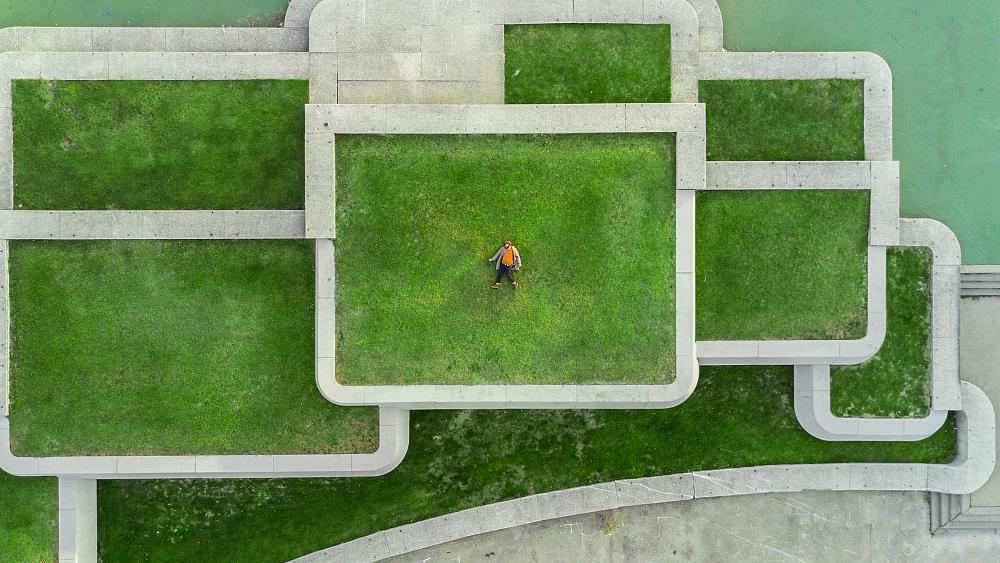With summer around the corner, many cities are preparing to battle increasingly hot temperatures and provide some respite to their citizens.
Built up areas of cities, where tall buildings trap high temperatures in their surroundings, are particularly problematic due to the ‘heat islands’ they create.
The idea of a green facade or ‘living wall’ has gained momentum in recent years, in large part thanks to their aesthetic and often photogenic appearance.
Far from architectural window dressing, the right kind of green walls can transform cities by reducing temperatures and improving air quality.
When lots of these types of buildings are in close proximity to each other, they contribute to a microclimate that concentrates this heat, causing greater reliance on energy-hungry cooling and air conditioning systems. This leads to a situation where the temperature is artificially increased by 10-15 degrees above a building, causing a ‘heat island’ effect.
All over the world, city leaders are beginning to realise that greening our cities is one of the most effective, practical and realistic ways of reversing these trends.
If we grow plants on just 20 per cent of a building’s surface area, we will start to gain some immediate benefits at relatively low cost.
Being around greenery is proven to lower stress and has great mental health benefits, making our cities far more pleasant environments to inhabit.
If we apply this solution to 20 per cent of the buildings in an entire city, the effects could be transformative.
In London, we calculated that green envelopes would lower the air temperature by 3 degrees, a significant difference.
Earlier generations of green envelopes have been criticised for being expensive or impractical to maintain.
The systems we have prototyped, and which are currently on show at the “Greening the City” exhibition at the Deutsche Architektur Museum in Frankfurt, are an intentionally affordable solution.
Ultimately, we cannot rely on new technologies of the future to tackle the climate emergency.
